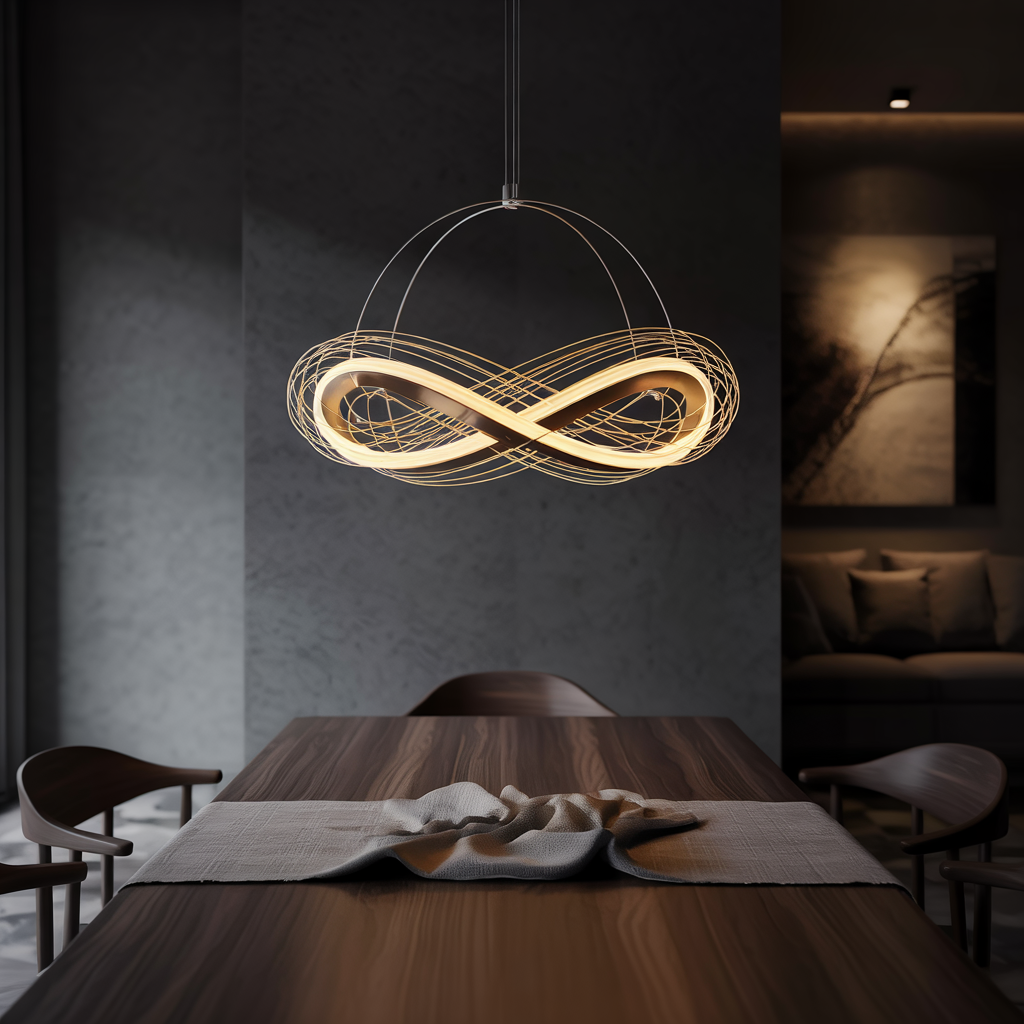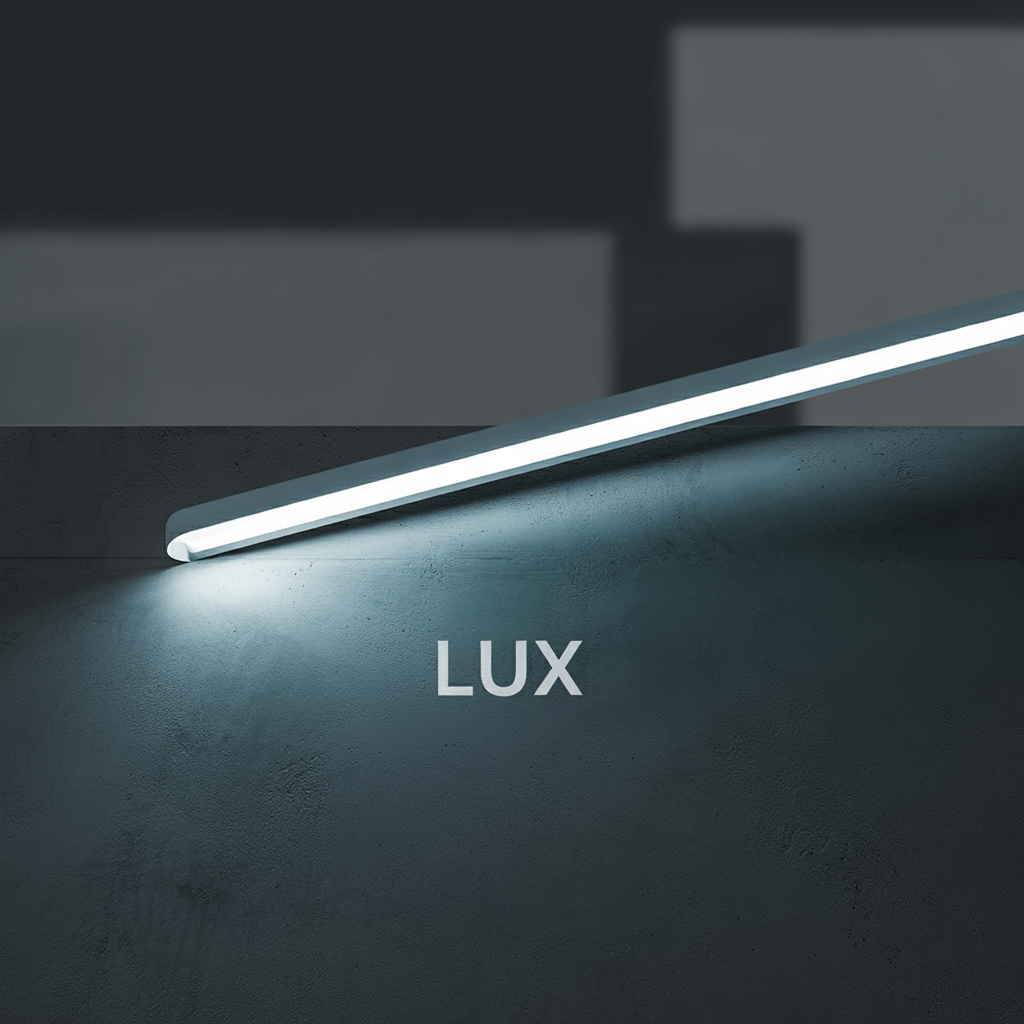The Dawn Of LED Lighting: When Were LED Lights Invented?
The journey of light has always captivated humanity. From flickering candlelight to incandescent bulbs, we’ve strived for brighter, more efficient illumination. But the revolution truly began with the invention of the LED light. When were LED lights invented? This comprehensive guide delves into the fascinating history of LED technology, exploring its development, impact, and future….
The journey of light has always captivated humanity. From flickering candlelight to incandescent bulbs, we’ve strived for brighter, more efficient illumination. But the revolution truly began with the invention of the LED light. When were LED lights invented? This comprehensive guide delves into the fascinating history of LED technology, exploring its development, impact, and future. You’ll learn about the scientific breakthroughs, the key players, and the ongoing evolution of this transformative technology. We’ll examine its benefits, limitations, and compare it to older lighting technologies. Let’s embark on this illuminating journey!
LED lights were invented in 1962 by Nick Holonyak Jr., who created the first visible-spectrum red LED while working at General Electric. Earlier, infrared LEDs were developed in 1961 by James R. Biard and Gary Pittman. The technology evolved over decades to produce white and multi-color LEDs.
from the bright LEDs we use today. The path to practical LED lighting was long and complex, involving breakthroughs in material science and semiconductor physics.
When Were LED Lights Invented?
The Role of Semiconductors

Semiconductors, materials with electrical conductivity between conductors and insulators, are the heart of LEDs. Specific semiconductor materials, like gallium arsenide (GaAs), were found to emit light when a current passes through them. This ability to efficiently convert electrical energy into light is the essence of LED functionality.
Read More: 15 Beautiful Romantic Bedroom Lighting Ideas to Set the Mood
The 1960s: The First Visible LED
Nick Holonyak Jr.’s Breakthrough
The year 1962 marked a watershed moment. Nick Holonyak Jr., while working at General Electric, created the first visible-spectrum red LED. This was a significant advance because prior LEDs only produced infrared light, invisible to the human eye. Holonyak’s invention demonstrated the potential of LEDs for practical applications. This wasn’t just a scientific accomplishment; it was a stepping stone to a future filled with bright, energy-efficient lighting.
Initial Applications and Limitations
Early LEDs were dim and expensive, limiting their applications mainly to indicator lights in electronic devices. Their low brightness and high cost prevented widespread adoption in general lighting. However, the potential was clearly there, and research continued to improve the technology.
The Long Road to Efficiency: Technological Advancements

Improving Efficiency and Brightness
The decades following Holonyak’s invention witnessed significant improvements in LED technology. Scientists worked on improving the efficiency of light production, making LEDs brighter and more energy-efficient. This involved refining the semiconductor materials and developing better manufacturing techniques. The pursuit of higher luminous efficacy (lumens per watt) became a driving force in LED research.
The Role of Different Semiconductor Materials
The color of the emitted light depends on the semiconductor material used. Different materials emit light of different wavelengths, leading to the development of LEDs emitting red, green, amber, and eventually, blue light. The combination of red, green, and blue LEDs allows for the creation of white light, opening up a wide range of applications.
Read More: Decoding The Mystery: What Does LED Light Stand For?
The Rise of Blue LEDs and the White Light Revolution
Isamu Akasaki, Hiroshi Amano, and Shuji Nakamura’s Contribution
The creation of the efficient blue LED in the early 1990s was a pivotal moment in LED history. Isamu Akasaki, Hiroshi Amano, and Shuji Nakamura, independently and through collaboration, made significant breakthroughs in the development of gallium nitride (GaN)-based LEDs. This achievement was later recognized with the 2014 Nobel Prize in Physics. The efficient blue LED enabled the creation of bright, energy-efficient white LEDs.
From Indicator Lights to General Lighting
The invention of the efficient blue LED finally made LED lighting a practical alternative to traditional lighting technologies like incandescent bulbs and fluorescent lamps. This marked the beginning of the widespread adoption of LED lighting in homes, offices, and public spaces.
LEDs vs. Other Lighting Technologies: A Comparison
Incandescent Bulbs: The Old Standard
Incandescent bulbs, though familiar, are inefficient, generating more heat than light. Their short lifespan and high energy consumption make them a less desirable option compared to LEDs.
Fluorescent Lamps: A More Efficient Alternative
Fluorescent lamps offer better efficiency than incandescent bulbs but have limitations such as mercury content, fragility, and slower start-up time. LEDs provide a safer, more durable, and more energy-efficient alternative.
LEDs: The Superior Choice
LEDs excel in energy efficiency, lifespan, durability, and color rendering capabilities. They offer significant environmental and economic benefits compared to older technologies.
The Environmental Impact of LED Lighting
Energy Efficiency and Reduced Carbon Footprint
LED lighting drastically reduces energy consumption, resulting in a lower carbon footprint. This contributes to a more sustainable environment by lowering reliance on fossil fuels for electricity generation.
Longer Lifespan and Reduced Waste
LEDs have a significantly longer lifespan than incandescent or fluorescent bulbs, reducing the need for frequent replacements and minimizing electronic waste.
Applications of LED Lighting: A Broad Spectrum
Residential Lighting: Transforming Homes
LEDs have revolutionized home lighting, offering energy-saving options that provide high-quality light. From bulbs to strips, they are versatile and aesthetically pleasing.
Commercial and Industrial Lighting: Cost Savings and Efficiency
Businesses and industries benefit from LED lighting’s energy efficiency and durability, leading to reduced operational costs and improved productivity.
Automotive Lighting: Enhanced Safety and Aesthetics
LEDs have transformed car lighting, providing brighter, more energy-efficient, and longer-lasting headlights and taillights, significantly improving safety.
Specialized Applications: Beacons, Displays, and More
LEDs find applications in various specialized areas, including signaling, displays, and medical equipment, leveraging their unique properties.
The Future of LED Lighting: Continuous Innovation
Micro-LEDs: The Next Frontier
Micro-LEDs, smaller and more efficient than conventional LEDs, are poised to revolutionize display technology and further enhance lighting applications.
OLEDs: Organic Light-Emitting Diodes
OLEDs, another type of electroluminescent display technology, offer flexible and high-contrast displays, but face challenges in cost and manufacturing.
Beyond Efficiency: Smart Lighting and Integration
The future of LED lighting extends beyond mere efficiency, with smart lighting systems offering control, automation, and integration with other smart home devices.
Understanding LED Terminology
Lumens: A Measure of Brightness
Lumens quantify the total amount of light emitted by a source, indicating its brightness.
Luminous Efficacy: Efficiency of Light Production
Luminous efficacy measures the efficiency of light production in lumens per watt, indicating how much light is generated per unit of power.
Color Rendering Index (CRI): Color Accuracy
CRI indicates how accurately a light source renders the colors of objects, with higher values indicating better color accuracy.
Color Temperature: Appearance of Light
Color temperature measures the appearance of light, ranging from warm white (lower values) to cool white (higher values).
Frequently Asked Questions
What are the key advantages of LED lighting?
LEDs offer numerous advantages over traditional lighting technologies, including significantly higher energy efficiency, a much longer lifespan, improved durability, and superior color rendering capabilities. They are also environmentally friendly due to their reduced energy consumption and longer life, minimizing waste.
How do LEDs produce light?
LEDs produce light through electroluminescence. When an electric current passes through a semiconductor material, electrons recombine with holes, releasing energy in the form of photons – particles of light. The color of the light emitted depends on the semiconductor material used.
What are the different types of LEDs?
LEDs come in various types, categorized by their color (red, green, blue, white, amber, etc.), size (from micro-LEDs to large-scale lighting arrays), and application. They also differ in their packaging and design, influencing their performance and usage.
Are LEDs more expensive upfront than other lighting options?
While the initial cost of LEDs may be higher than incandescent or even some fluorescent bulbs, their significantly longer lifespan and reduced energy consumption translate to lower overall costs over time.
How long do LEDs typically last?
LEDs typically last for many years, far exceeding the lifespan of incandescent or fluorescent bulbs. Manufacturers often provide lifespan ratings in hours, which can vary depending on the LED’s design and operating conditions.
Can LEDs be dimmed?
Yes, many LEDs are dimmable, allowing for adjustable light levels to suit different needs and preferences. However, it’s important to ensure compatibility between the LED and the dimmer switch. Some dimming solutions use pulse-width modulation (PWM) to control brightness without significantly affecting color.
What is the environmental impact of LED manufacturing?
The manufacturing process of LEDs involves the use of various materials and energy, resulting in some environmental impact. However, the overall environmental benefit from reduced energy consumption and waste over the product’s lifecycle far outweighs the manufacturing impact.
Final Thoughts
The invention of the LED light, culminating in the breakthrough of the efficient blue LED, has truly revolutionized lighting technology. From its humble beginnings as an indicator light to its current status as a ubiquitous energy-efficient lighting solution, the journey of the LED is a testament to human ingenuity and the power of scientific innovation. The benefits are undeniable: reduced energy consumption, longer lifespans, improved color rendering, and reduced environmental impact. As LED technology continues to evolve, we can anticipate even more impressive advancements, further shaping the future of lighting and contributing to a more sustainable world. Embrace the bright future of LED lighting – it’s illuminating the way to a more efficient and environmentally conscious tomorrow.

